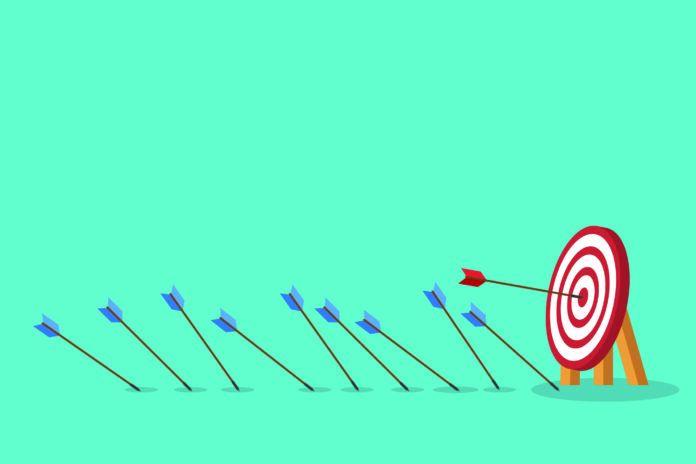We are halfway through the year! How are those New Year’s resolutions holding up? If you’ve already forgotten what they were, you’re not alone. According to a survey by the Pew Research Center, about a third of all Americans make at least one resolution, and 13 percent have broken them by the end of January.
If you have fallen short of achieving a goal in the past, don’t get discouraged: you can learn from past disappointments to increase your odds of being successful next time.
Review. Think about a resolution you didn’t follow through with in the past and try asking yourself these questions:
➧ Was my goal negative rather than positive? Psychologically, goals that focus on what we intend to do—rather than what we intend to stop doing—are associated with more positive emotions. For example, rather than saying, “I will stop snacking on junk food,” try saying, “I will eat plain, low fat or fat free yogurt with fruit or carrots with hummus as an afternoon snack.”
➧ Was it too broad? Just saying, “I will get more exercise” may not be enough. Being specific about what you’ll do, when, and where may increase your odds of getting moving.
➧ Was it too ambitious? “You’re less likely to be successful if your goal requires a big change from your current behavior,” says Tammy Scott, PhD, a neuropsychologist and research assistant professor at the Friedman School. For example: rather than vowing to overhaul your entire diet, choose small but impactful dietary changes, such as replacing some starch on your plate with vegetables at every meal. “Identify a series of small changes that will gradually move you toward your ultimate goal,” says Scott.
➧ Was it measurable? Did you resolve to walk every day? Specifying you will walk for 30 minutes or reach a certain number of steps every day gives you something to shoot for and allows you to monitor your progress. Measurable goals also help us adjust our expectations. You may find out that 10 to 20 minutes a day is more realistic for you at this time, or that it’s no problem to stay out for an hour.
➧ Will it fit into my lifestyle? You may want to be a morning person or start getting out of work earlier, but vowing to sit down to a healthy breakfast, take a morning walk, or eat an earlier, home-cooked dinner makes these healthy resolutions dependent on other hard-to-change behaviors and circumstances. Instead, coming up with some healthy grab-and-go breakfast ideas, walking with co-workers for part of your lunch break, or doing weekend meal prep and finding recipes for quick, healthy dinners may fit your life better.
➧ What got in my way? Think about the roadblocks you encountered and brainstorm ways to overcome them. For example, if you were doing great with your walking routine when the weather was good, finding an indoor place to walk (like a local mall) might keep you moving on hot, cold, or rainy days.
➧ Did I give myself a deadline? Having a time frame can help with motivation and implementation. “By the end of three months, I will be doing yoga twice a week” is something to work towards. You can start with one session a week and work up to two, for example, or spend the first month finding an online or in-person course you like or figuring out where those yoga sessions best fit into your typical schedule. This scenario is more likely to result in long-term success, and it avoids the de-motivating disappointment of not hitting your mark in week one.
➧ Who am I doing this for? Are you reaching for this goal because it’s something you want, or is it more important to someone else or to society? If you are ambivalent, you won’t be internally motivated to change—and that’s the only kind of motivation that works long term.
➧ Look Back. Take a good look at what worked and didn’t work for you other times you have tried to change a behavior.
➧ Let Go. Don’t let past disappointments keep you from trying again! Learn from the past and use that knowledge to move forward.
➧ Set Yourself up for Success. Be positive; set goals that are SMART (specific, measurable, actionable, realistic, and time-bound); problem solve; and be clear about your motivation.
Reset. Once you’ve used what you learned to set new goals, let go of any self-criticism for perceived “failures.” Behavior change is hard, and we can learn from each attempt. Reset, refocus, and try again. You’ve got this!




















